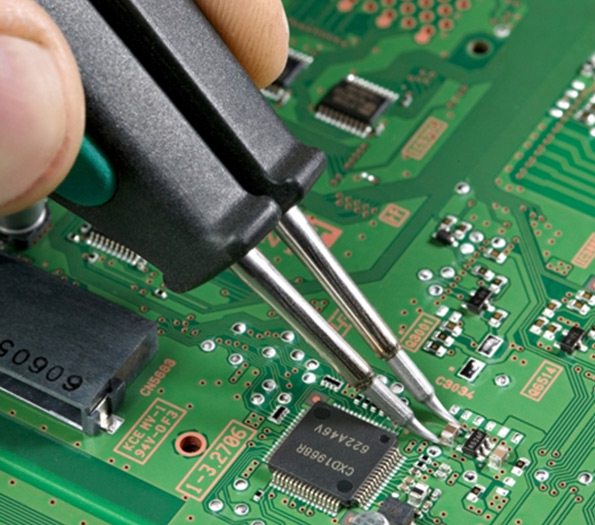

The Price of Tempered Glass Understanding the Factors at Play
Tempered glass, also known as toughened glass, is a type of safety glass that has been treated by controlled thermal processes to increase its strength compared to normal glass. It is widely used in applications such as windows, shower doors, glass doors, and facades due to its durability and safety features. However, one of the most common inquiries among consumers and industry professionals alike revolves around the pricing of tempered glass. Understanding the various factors that influence the price of tempered glass is crucial for making informed purchasing decisions.
Material and Manufacturing Costs
The first element affecting the price of tempered glass is the raw material itself—silica sand. The quality of silica can vary, and higher-quality materials tend to cost more. Additionally, the manufacturing process of tempered glass is more complex than that of standard glass. It involves heating the glass to high temperatures and then cooling it rapidly. This process requires specialized equipment and technology, contributing to the overall cost of production. Due to these technological requirements, manufacturers often have to invest significantly, and these costs inevitably get passed on to the consumer.
Size and Thickness
Another critical factor is the size and thickness of the tempered glass. Prices fluctuate based on dimensions, as larger panels naturally require more materials and may involve more intricate handling and transportation agreements. The thickness of the glass also plays a significant role in pricing; thicker glass is not only more expensive to produce but also more difficult to handle. For example, a standard thickness might range from 4mm to 19mm, with prices varying accordingly.

Customization and Design
Customization options such as tinting, frosting, and specific cut-outs significantly affect tempered glass pricing. Custom designs often require additional processing and labor, driving costs higher. For instance, an intricately designed shower door would be much more expensive than a standard, plain panel of tempered glass. Furthermore, special treatments that provide additional UV protection or aesthetic design elements will also add to the price.
Market Demand and Availability
The economic principles of supply and demand also play a role in the pricing of tempered glass. When demand rises—such as during a construction boom—the prices of tempered glass are likely to increase due to limited availability. Conversely, during a downturn, prices may decrease as manufacturers strive to sell their remaining inventory. Geographical factors can also influence prices; regional markets might show differing supply levels, thus affecting local prices.
Conclusion
The price of tempered glass is not solely a reflection of its material; rather, it is influenced by a multitude of factors, including production costs, size and thickness, customization options, and market demand. For consumers and businesses looking to purchase tempered glass, being aware of these factors can help in navigating the market more effectively. By understanding what drives prices, buyers can make better decisions and potentially save costs while ensuring they are purchasing a quality product that meets their safety and aesthetic needs.